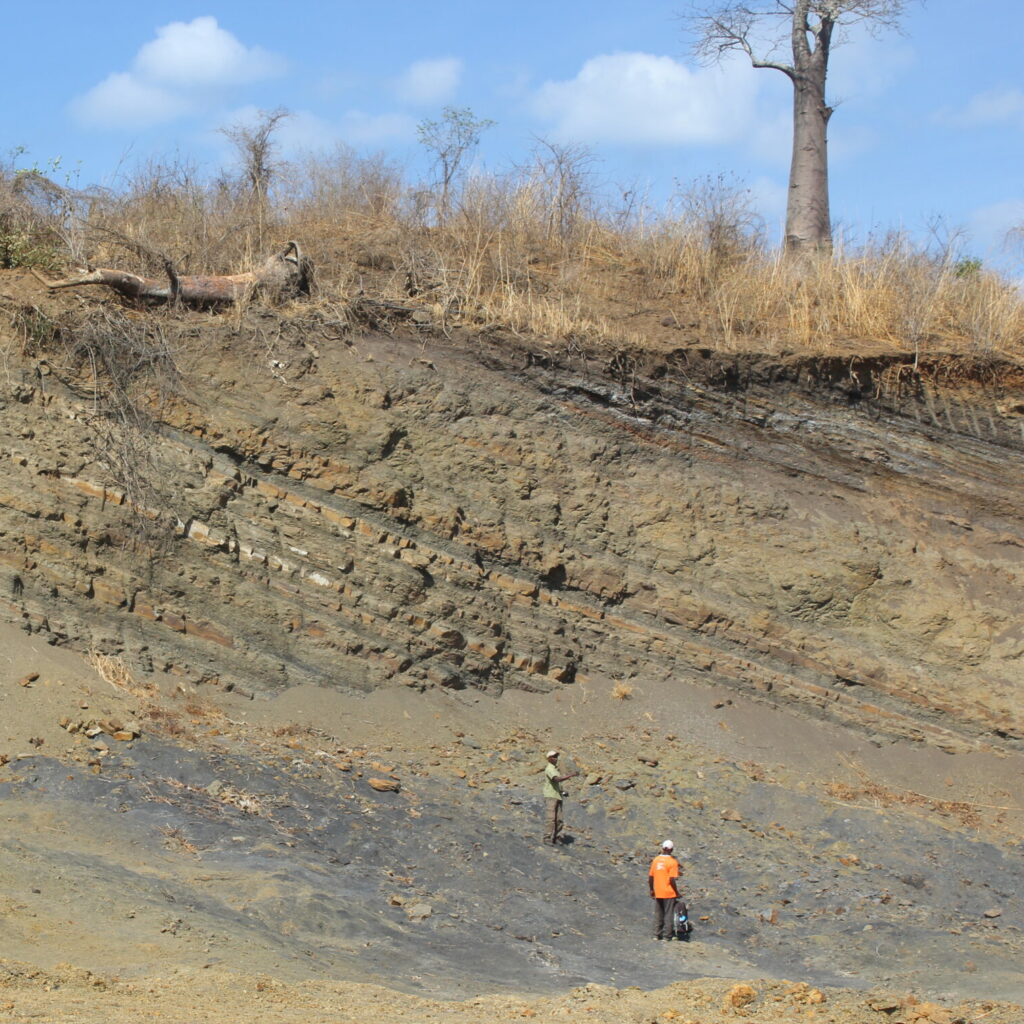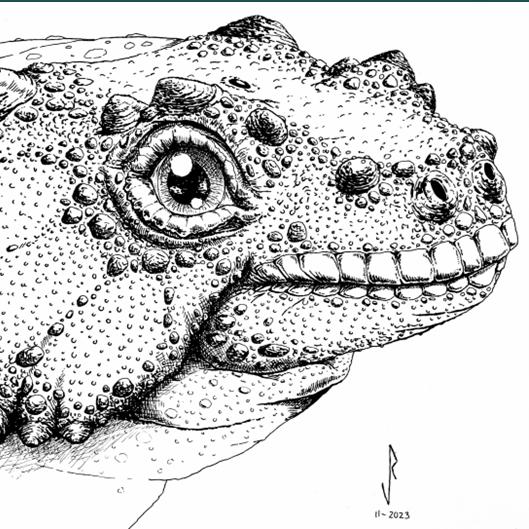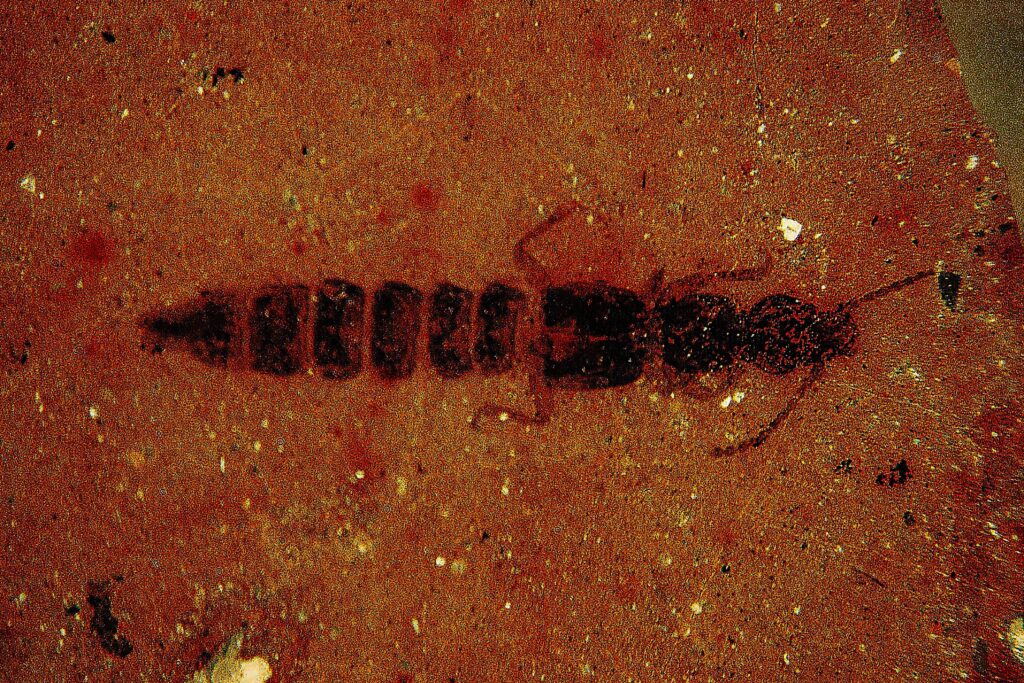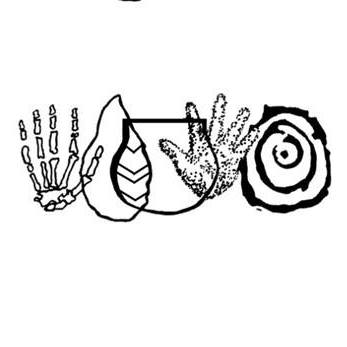Using calcium isotopes to determine palaeodiet and palaeotrophic levels in the Elliot Formation

Small bites
- Calcium is a bio-essential element found in plants, animals and humans. It is a major component in tooth enamel and is influenced by the food and water consumed.
- This study aims to gain insight into the different trophic divisions and palaeodiets, such as carnivores and herbivores, of vertebrates found in the Elliot Formation, Karoo Supergroup (South Africa).
- Isotopic tools, like non-traditional Ca isotopes, can assist in further understanding ancient ecosystems.
A palaeoecological study using calcium isotopes of ancient ecosystems
The diets of extinct animals are challenging to reconstruct. The best hypotheses for ancient food webs rely on the use of multiple proxies such as dental morphology. Factors like poor preservation of evidence, which would generally be linked to diet, limit the use of these proxies and leaves many fundamental palaeodiet and palaeotrophic level questions unanswered. Traditional stable isotopes such as carbon and oxygen have also been used in the past to assess palaeodiets and palaeotrophic levels in modern and ancient ecosystems. Unfortunately, these isotope systems have limitations as they can easily be rested or influenced by diagenesis as bone is quite porous and easily altered.
Geochemical markers on preserved tooth enamel may indicate varying diets, such as herbivore or carnivore and the different niches these ancient animals may have filled. These markers can overcome the challenges of poor preservation. Calcium (Ca) is a bio-essential element and displays isotopic fractionation in plants and animals. It is a major component in tooth enamel and is not easily altered. The non-traditional Ca (δ44/42Ca) isotope system can be used to assess a broader range of questions, including dietary range and trophic level.
The Elliot Formation of the Karoo Supergroup (South Africa) preserves fossils from the latest Triassic to the earliest Jurassic interval (214 to 190 Ma) with an abundant and diverse range of vertebrates’ lineages and body sizes. This makes it an ideal natural laboratory for understanding palaeodietary dynamics. My research mainly aims to assess the trophic divisions of the Elliot Formation vertebrates that co-existed in the same period using Ca δ44/42Ca isotopic analyses. Testing these important ecological principles in temporally constrained formations will allow us to understand the historical nature of biodiversity changes and the laws governing biological life forms on Earth. This study illustrates how isotopic proxies like δ44/42Ca can be used to better understand dietary dynamics and, ultimately palaeoecology within past ecosystems.





